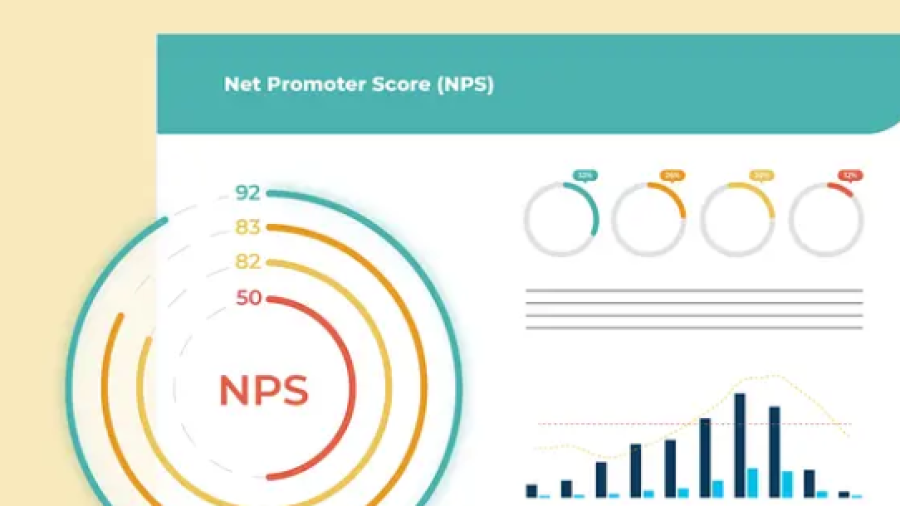In the
sales game, automation may be the star of the moment, but the salesperson
remains the conductor orchestrating the symphony of conversion. In times of
artificial intelligence and chatbots, many companies try to automate everything
as if technology could replace human empathy and intuition. However, the truth
is that a well-executed sale is not just about numbers—it requires warmth,
active listening, and the ability to see beyond the obvious.
Consultative
selling goes beyond the simple "Would you like to pay by credit or
debit?" A good salesperson does not push a product; they understand pain
points, explore needs, and propose tailored solutions. In the food machinery
industry, for example, a restaurant does not just need a machine—it requires an
optimized process, cost savings, and efficiency. A new entrepreneur is not just
looking for equipment but a business partner. See the difference?
Contextualizing, telling a story, and providing relevant market content make a
significant difference, especially in high-value sales. Studies by Pulizzi
(2014) indicate that content marketing is effective in building trust and
authority, crucial elements of the consultative sales model.
While
algorithms can cross-reference data, only a human being can capture nuances, read
between the lines, and perceive hesitations in a client’s voice. This
consultative approach makes all the difference in closing a sale and building
customer loyalty. According to Rackham (1988), author of SPIN Selling, success in
consultative sales is directly related to the ability to deeply understand a
customer’s challenges and propose value-adding solutions.
A study by
McKinsey & Company (2022) revealed that companies that adopt consultative
sales techniques increase their conversion rates by up to 35%, while those
relying solely on automation experience a 20% lower retention rate.
Furthermore, research by Harvard Business Review (2021) shows that customer
satisfaction is 40% higher in businesses that integrate human interaction into
their sales processes.
The V.E.N.D.A.S.
Method: A Structured Approach to Consultative Sales
Developed
by Teresa (2023), the V.E.N.D.A.S. method is a structured framework designed to
enhance consultative selling techniques. The methodology is based on six key
pillars:
1.
Value-Based
Communication – Understanding the client's real needs beyond the initial
inquiry.
2.
Empathy
in Sales Interactions – Active listening and relationship-building as crucial
sales components.
3.
Needs
Assessment – Diagnosing the client's pain points and challenges before offering
solutions.
4.
Data-Driven
Decision Making – Using analytics and market insights to support
recommendations.
5.
Adaptability
in Sales Strategies – Tailoring the approach based on customer feedback and
objections.
6.
Sustained
Follow-Up and Retention – Ensuring post-sale engagement for long-term loyalty.
An
internal study conducted within the food machinery sector found that companies
applying the V.E.N.D.A.S. method experienced a 42% increase in conversion rates
and a 25% reduction in average sales closing time.
Building a
Strong Sales Culture
A
high-performance sales team is not born by chance. Building a strong culture
requires daily practice, just like an athlete training for a marathon. Here are
some fundamental pillars:
·
Constant
Dialogue: The team must live and breathe sales every day. The leader must
engage with salespeople, motivate them, understand challenges, and align
strategies. I have worked with sales teams across the world, and virtual
meetings can be effective, but daily check-ins are essential. The sales team
should never go a day without talking to their manager.
·
Refined
Pipeline: Segmenting leads into cold, warm, and hot is crucial for focusing
efforts on what really matters. This also gives management insight into lead
quality and weekly revenue projections. Monitoring this daily allows quick
adjustments to optimize performance.
·
Opportunity
Tracking: Every week brings new chances to close deals. Identifying these
opportunities is half the battle. I often see salespeople overwhelmed with
tasks but leaving deals on the table. Research by Aberdeen Group (2015) found
that 50% of monthly sales often come from leads generated in previous months,
emphasizing the need for continuous lead nurturing.
·
Performance
Ranking: Healthy competition works wonders! Displaying daily rankings of top
performers and those needing improvement taps into the team's competitive
instincts. The goal is not to replace underperformers frequently, but no one
should feel comfortable staying at the bottom.
·
Living
Goals: Discussing goals frequently, tracking results, and making adjustments
when necessary are part of the game. In our businesses, we focus on goals every
day, and everyone is aware of them. However, we do not treat our goals as a
ceiling but as a baseline. For example, if the revenue goal is $1.8 million,
that is not the highest we aim for—it is the minimum we expect to build upon.
·
Data-Driven
Insights: Tools like Power BI help track click origins, conversion-driving
channels, and top-performing sales strategies.
The
objective? To create an environment where the pursuit of excellence becomes
natural—and where finishing last in the ranking is uncomfortable enough to
inspire improvement.
The Perfect
Union: Strategy and Humanized Sales
Marketing
and sales go hand in hand. While marketing attracts and educates customers,
consultative sales complete the cycle with a personalized approach. There is no
point in generating leads if no one is ready to turn them into satisfied buyers.
Imagine a
potential client who has watched testimonial videos, joined an informative live
session, and understood how your machine can transform their business. When
this lead reaches the salesperson, they do not need shallow explanations—they
need to know how it applies to their specific situation. This is where the
salesperson shines!
Results That
Speak for Themselves
Companies
that integrate marketing and sales as complementary parts of the same strategy
experience higher growth. A study by Aberdeen Group found that organizations
with this approach see a 32% increase in revenue.
In the
food machinery sector, this translates to:
·
Higher
conversions: Well-informed clients make quicker decisions.
·
Greater
loyalty: Customers who receive real support and personalized service return for
future purchases.
·
Spontaneous
referrals: A satisfied customer becomes an indirect brand ambassador.
In
summary, automation is great, but without real salespeople, everything becomes
a soulless collection of numbers. Companies that understand this not only sell
more—they build lasting connections with their customers. Training, motivating,
and equipping the sales team with the right tools is the key to extraordinary
results.
After all,
selling is not just a process. It is an art.
References
·
Pulizzi,
J. (2014). Epic Content Marketing: How to Tell a
Different Story, Break through the Clutter, and Win More Customers by Marketing
Less. McGraw-Hill
Education.
·
Rackham,
N. (1988). SPIN Selling. McGraw-Hill.
·
Aberdeen
Group. (2015). "Sales and Marketing Alignment: Driving Revenue through
Collaboration."
·
McKinsey
& Company. (2022). "The Power of Consultative Sales in the Digital
Era."
·
Harvard
Business Review. (2021). "Human Touch in Automated Sales: Why It Still
Matters."
About the author
Ednelson Teresa - ORCID ID: 0009-0005-8217-215X
Author of the book: Scaling Business with the V.E.N.D.A.S. Method
ISBN nº 978-65-01-35174-2









